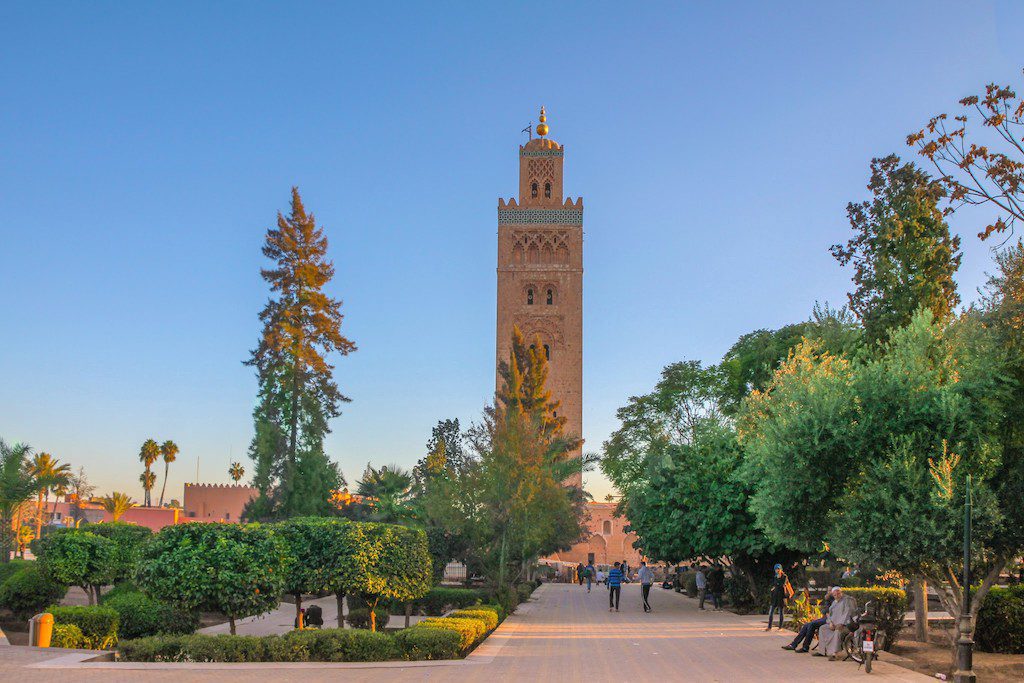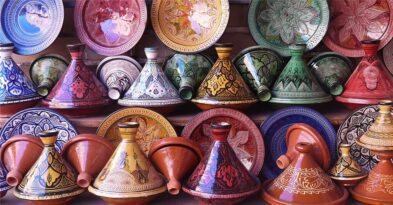Best Scenic Spots In Morocco
Morocco is a truly unique country. Its strategic location has fostered a remarkable blend of Islamic and European cultures, built upon a foundation of ancient Arab and Berber tribes. It straddles the edge of the world’s largest desert and is home to some of Africa’s lushest mountains. Within this compact nation lies an astonishing diversity of landscapes and attractions: from the stunning beaches of the Atlantic coast to the dramatic rocky cliffs of the Mediterranean; from the snow-capped peaks of the High Atlas, framed by ancient cedar and evergreen oak forests, to the picturesque river gorges carving through the mountains. This is all enriched by a wealth of cultural attractions, historic monuments, and centuries-old traditions that continue to thrive.
The city of Marrakech
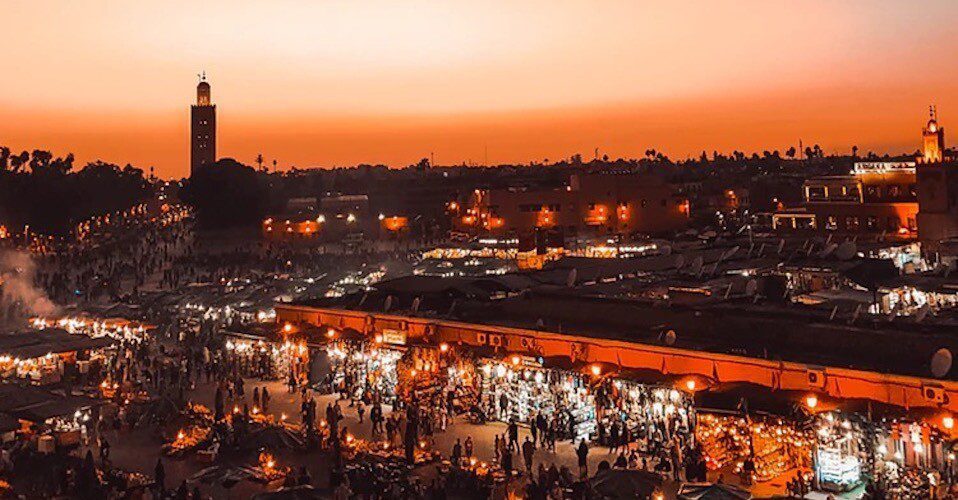
Marrakech is Morocco’s most vibrant and dramatic city, the nation’s cosmopolitan heart, enriched by a tapestry of Berber, Andalusian Arab, African, and European influences. It is a place of vibrant light and dizzying scents, of a soul that is at once relaxed and abundant, simple and deeply sensual. This unique character solidifies its status as Morocco’s most captivating and sought-after destination.
Its Medina, a UNESCO World Heritage Site since 1985, is a feast for the senses. Here, culinary delights and exotic spices blend with the rhythms of music, the trade in curiosities, opulent gardens, and breathtaking architecture. Nowhere else in Africa can you lose yourself in a centuries-old market Medina, navigating winding alleys and donkey-drawn carts, only to stumble upon a modern restaurant-lounge where the ever-present buzz of the foreign souks seamlessly weaves with the sound of cutting-edge DJ music.
Fes, the enchanted and protected labyrinth of time
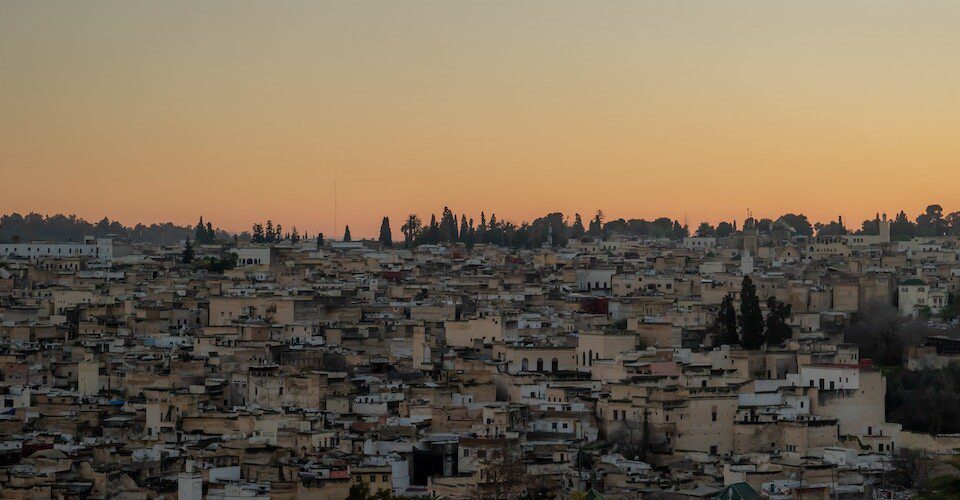
Fes lives up to the description by composer Paul Bowles, earning its UNESCO World Heritage status with its labyrinthine Medina, countless monuments, and unique culture. The Medina of Fes is the largest in the Maghreb and has retained its original layout since the 12th century. Steeped in memories of a civilization once renowned for diversity and trade, the city has long been a historic hub of knowledge and culture in North Africa.
Fes is a tapestry of lush gardens—once sustained by a legendary system of “20,000 fountains”—ornate palaces adorned with intricate detail, majestic mosques, splendidly decorated madrasas, and mysterious alleyways. The entire city possesses a sublime quality, a place where different generations intersect upon its soil to share a history filled with heroism and an atmosphere unlike any other. It is no wonder Fes is often celebrated as “the most imperial of all imperial cities.”
The Blue Town of Chefchaouen
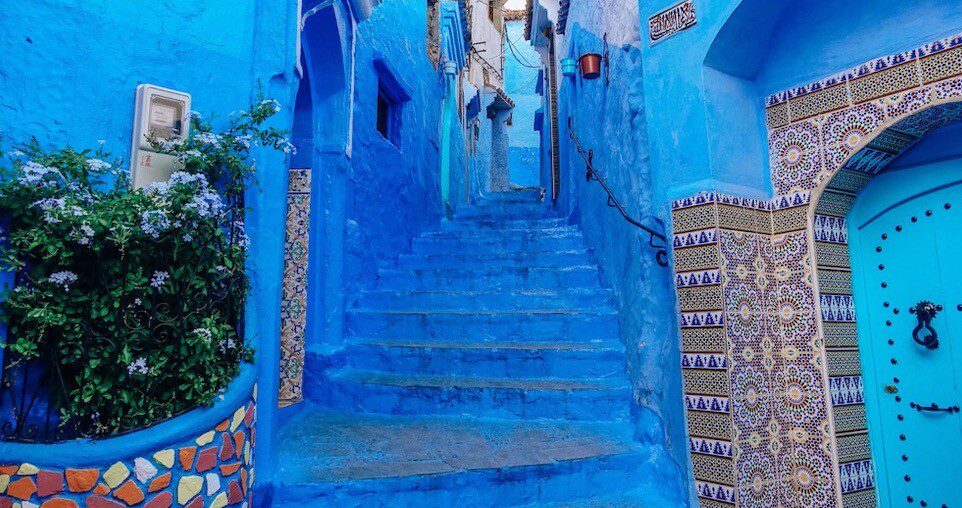
Chefchaouen offers a unique visual repose from the traditional color palette of Moroccan towns. Nestled in the Rif Mountains, this one-of-a-kind place feels both like a European town and a serene village, distinguished by its ancient buildings painted in every shade of celestial blue.
The origin of this distinctive architectural tradition dates back to the 15th-century arrival of Jewish refugees in Morocco. Chefchaouen became a sanctuary for those fleeing persecution. During their stay, they left an enduring mark by repainting the buildings in blue—a color sacred to their faith. Though the Jewish community eventually moved on, the tradition took root, forever defining Chefchaouen’s unique identity.
The town’s well-preserved Medina, with its winding lanes, is a jewel among the Andalusian-inspired cities of Northern Morocco. To witness Chefchaouen in all its glory, one must climb the surrounding Rif slopes: from above, you can see the sun-drenched houses shifting in hue, seemingly transforming from deep blue into vibrant turquoise.
Atlantic Art, Essaouira
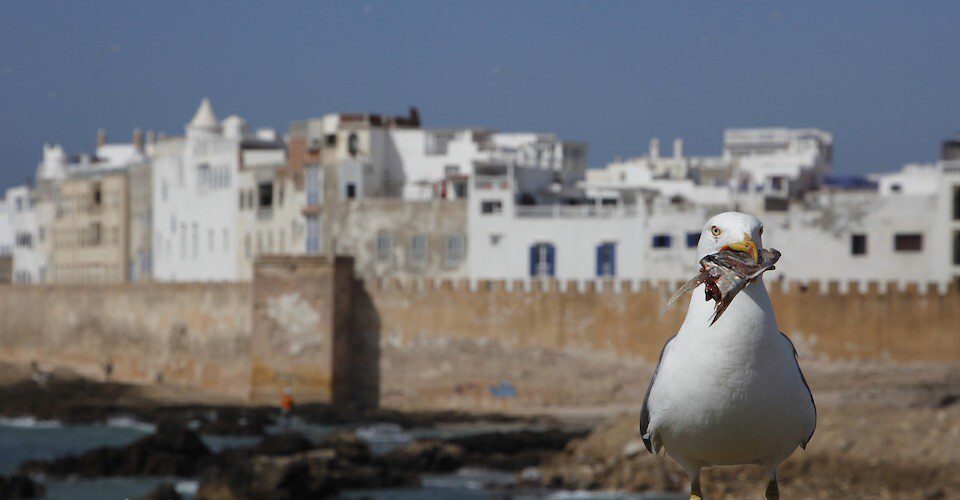
Nestled on the Atlantic Coast, Essaouira is one of the most beautiful locales along the ocean, celebrated for its impeccably preserved Medina and impressive fortifications.
The city embodies a harmonious fusion of European, Jewish, and Moroccan influences, which flourished prominently in the 18th century. Its Medina was laid out according to European military architecture principles. This unique character, combined with the remarkable preservation of its ramparts and ancient walls—where original Portuguese cannons still stand guard alongside a historic church—led to Essaouira being crowned a UNESCO World Heritage site. Beyond its history, the city is famed for its argan-infused seafood cuisine, temperate climate, vast beaches, and vibrant music and art scenes.
Berber village, Merzouga
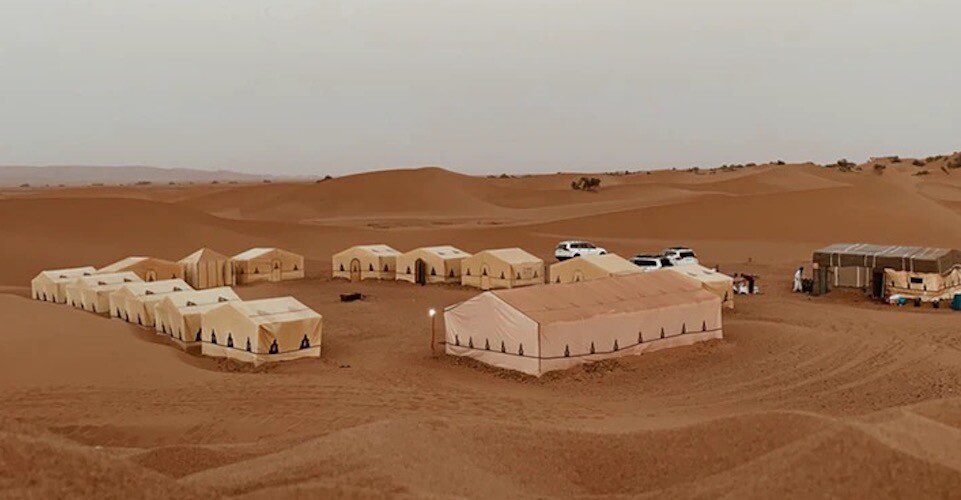
Merzouga lies so close to the desert frontier that it is occasionally reclaimed by the drifting sands. The surrounding landscape is renowned for its towering dunes and traditional Berber camps, accessible only by camel or 4×4 vehicles. Here, visitors can immerse themselves in the serenity of the Sahara or engage in activities like sandboarding and desert motorcycle tours.
While other small villages dot the region, none are as accessible as Merzouga. This unique gateway offers a rare opportunity to connect with the Berber people, who continue to maintain their ancient nomadic lifestyle, living in harmony with the rhythms of the desert, far from the confines of modern urbanity.
Aït-Ben-Haddou
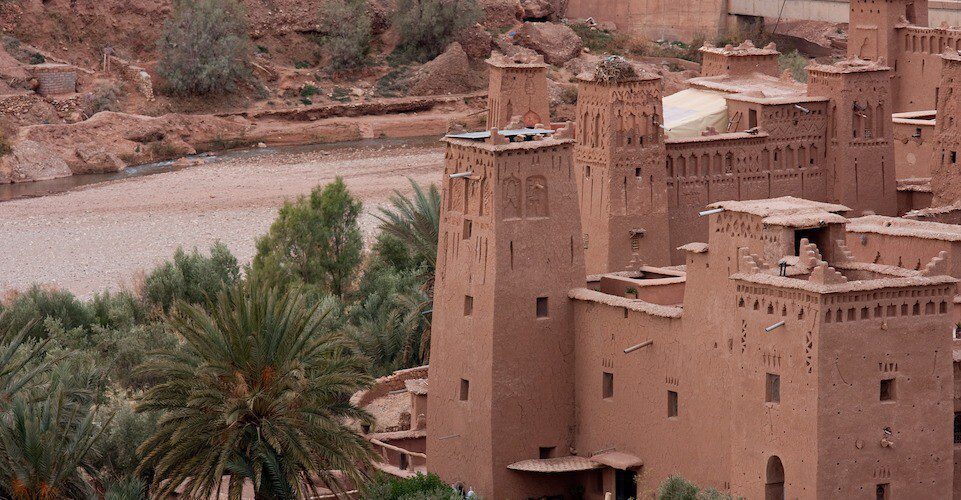
Nestled at the foot of the High Atlas, Ksar Ait Benhaddou is a UNESCO fortress and the crowning jewel of the “Route of the Thousand Kasbahs.” Its architecture is a quintessential example of the pre-Saharan style, built from earth mixed with clay and straw.
Morocco’s most impressive ksar has also served as a dramatic backdrop for numerous historic films. It gained global fame after its UNESCO listing in 1987 and appearances in Gladiator, Prince of Persia, and Game of Thrones.
The fertile soil of Morocco, Ziz Valley
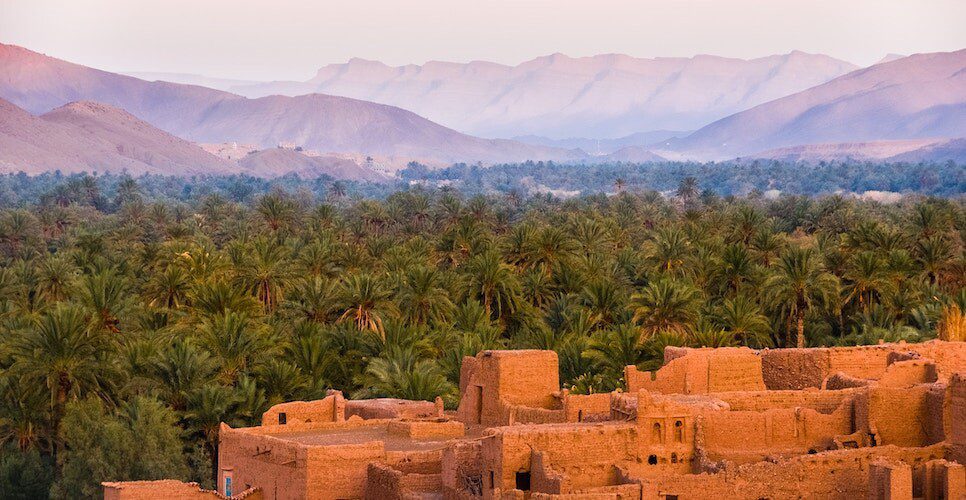
At the desert’s gateway, the Ziz Valley has long been Morocco’s agricultural heartland. Its landscape diversity, exceptional light, and lush, harmonious nature make it one of the country’s most enchanting regions. This oasis exists thanks to abundant underground water, with a namesake river originating in the Atlas and vanishing into the desert sands.
A journey through this valley is an adventure; its palm grove, a labyrinth. Here, you can experience legendary Berber hospitality amidst a superb landscape, making for a truly unique and unforgettable voyage.

